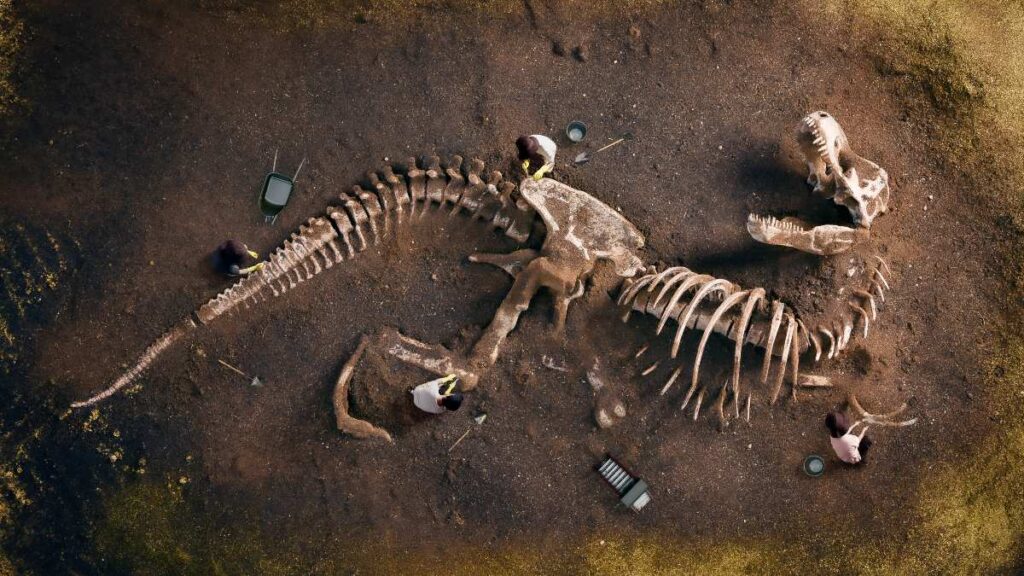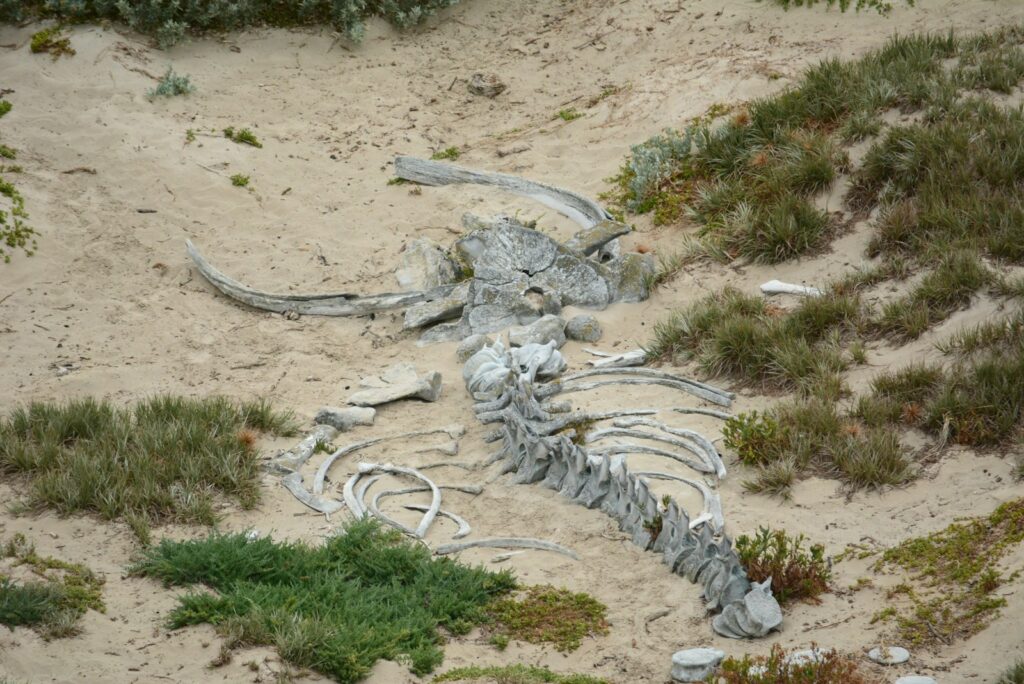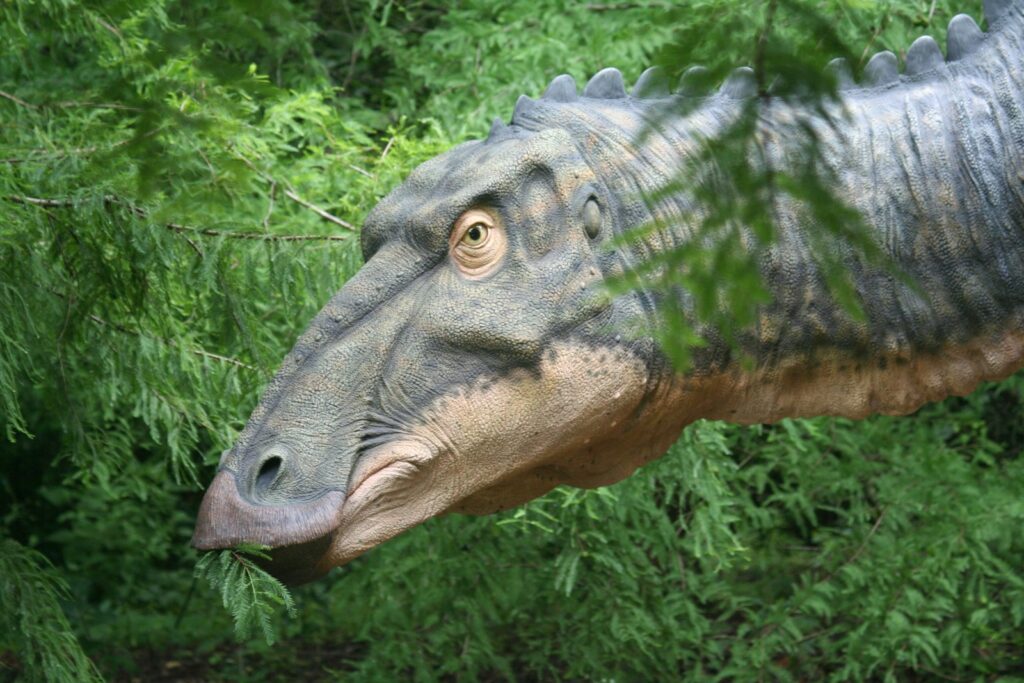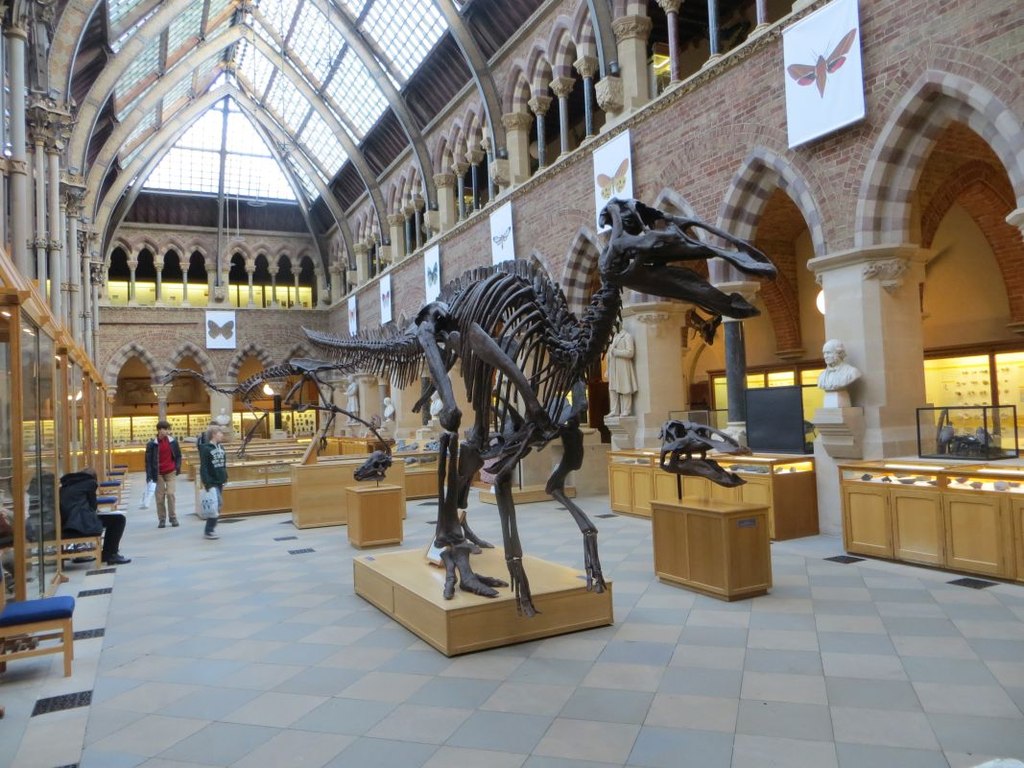Picture this: You’re watching your favorite dinosaur movie, and a massive T-Rex crashes through the forest, roaring with earth-shaking intensity. The ground trembles beneath its feet as it chases down its prey with lightning speed. It’s thrilling, dramatic, and absolutely captivating. But here’s the twist that might surprise you – much of what you’re seeing is a fascinating mix of scientific accuracy and Hollywood magic. The world of fossils has been shaped by pop culture in ways that both illuminate and distort our understanding of prehistoric life. From the iconic Jurassic Park franchise to animated adventures and museum displays, fictional portrayals have become the lens through which millions of people first encounter paleontology. Yet behind every roaring dinosaur and dramatic fossil discovery lies a complex web of scientific truth, creative interpretation, and sometimes outright fiction.
The Great Dinosaur Size Deception
Hollywood loves to make everything bigger than life, and dinosaurs are no exception to this rule. The towering giants we see on screen often dwarf their real-life counterparts by significant margins. Take the Velociraptor from Jurassic Park – these cunning predators were actually about the size of a large turkey, standing roughly two feet tall and weighing around 30 pounds. The movie versions, however, stand nearly six feet tall and possess the bulk of a small car. This dramatic size inflation creates a more intimidating presence on screen but completely misrepresents the actual fossil evidence. Even the mighty T-Rex, while genuinely massive, often gets portrayed as even larger than its already impressive 40-foot length and 15,000-pound weight. The result is a distorted perception where people expect all dinosaurs to be colossal monsters rather than the diverse range of sizes they actually came in.
Speed Demons or Slow Movers?
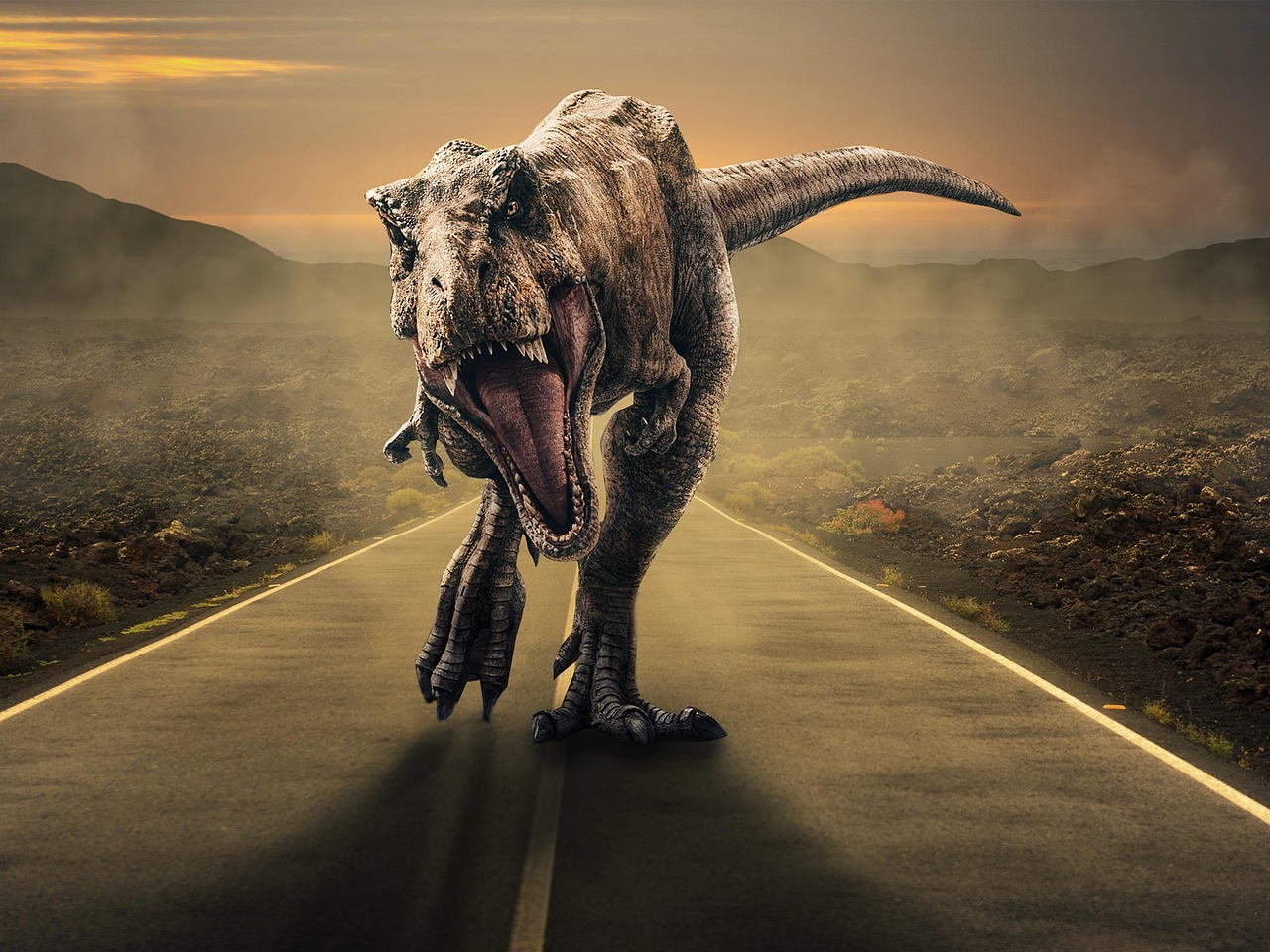
The chase scenes in dinosaur movies are absolutely heart-pounding, but they often present a wildly inaccurate picture of prehistoric locomotion. Many large dinosaurs, particularly the massive sauropods like Brontosaurus, were actually quite slow-moving creatures that couldn’t sustain high speeds due to their enormous body mass. Think of them like living bulldozers rather than sports cars – built for power and endurance, not speed. However, some smaller dinosaurs were indeed swift runners, with certain species capable of reaching speeds that would make a modern racehorse jealous. The problem arises when movies show 7-ton predators sprinting at 35 miles per hour, which would be biomechanically impossible given the stress such speeds would place on their massive bones and joints. Real paleontology reveals a more nuanced picture where speed varied dramatically based on size, body structure, and ecological niche.
The Feather Revolution That Movies Missed
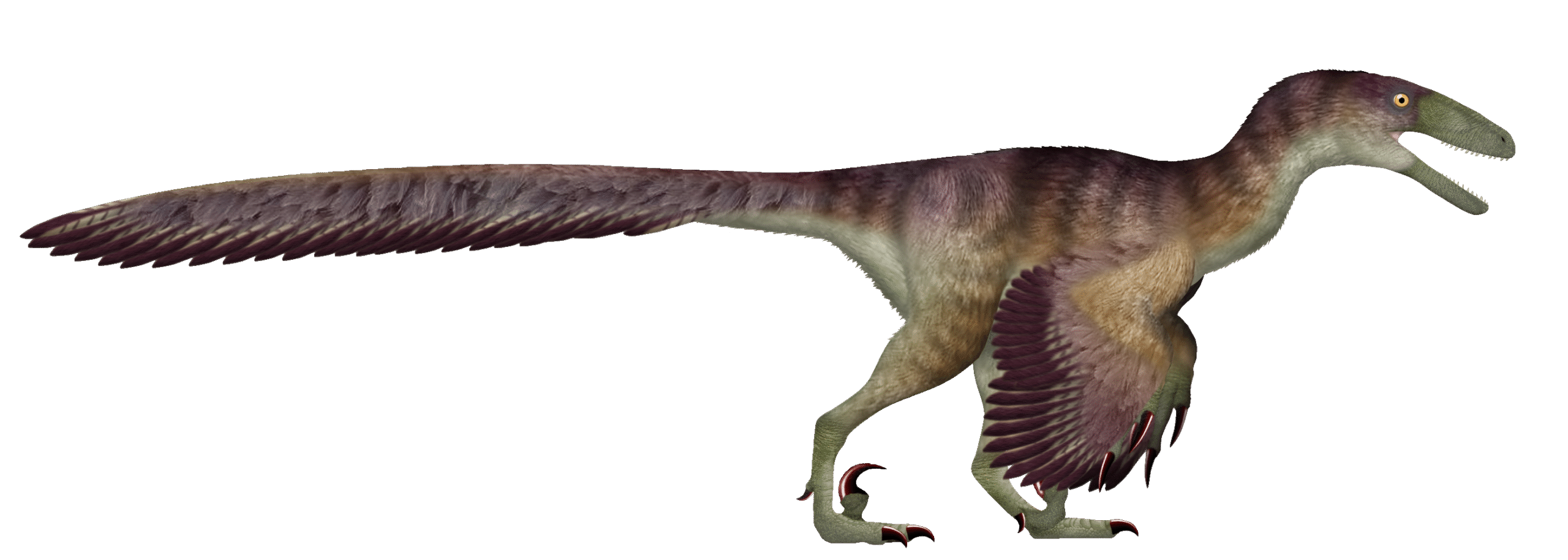
One of the most significant discoveries in recent paleontology has been the realization that many dinosaurs, including fearsome predators, were actually covered in feathers. This revelation has completely revolutionized our understanding of dinosaur appearance and behavior, yet most popular media continues to portray them as scaly, reptilian creatures. Fossils from China have preserved stunning evidence of feathered dinosaurs, showing intricate plumage patterns and colors that would make a peacock envious. These feathers weren’t just for flight – they served purposes ranging from temperature regulation to elaborate mating displays. Imagine a T-Rex with a magnificent feathered crest or a Triceratops sporting colorful plumage along its frill. The reality is that the Mesozoic world was likely far more vibrant and bird-like than the drab, scaly landscape typically depicted in films. This disconnect between scientific discovery and popular representation shows how slowly cultural images change, even in the face of compelling evidence.
Fossil Formation Fiction
Movies make fossil formation look as simple as an animal dying and magically turning to stone, but the real process is far more complex and fascinating. The journey from living organism to fossil requires an incredibly specific set of circumstances that occur rarely in nature. First, the creature must die in an environment where it can be quickly buried by sediment, protecting it from scavengers and decay. Then, over millions of years, minerals slowly replace the organic material, creating a stone replica of the original structure. The odds against any single organism becoming a fossil are astronomical – scientists estimate that less than one percent of all species that ever lived have left fossil evidence. This means that our entire understanding of prehistoric life is based on an incredibly tiny sample of what actually existed. Popular culture often glosses over this remarkable rarity, presenting fossil discoveries as common occurrences rather than the extraordinary windows into the past they truly represent.
DNA Extraction Dreams and Reality
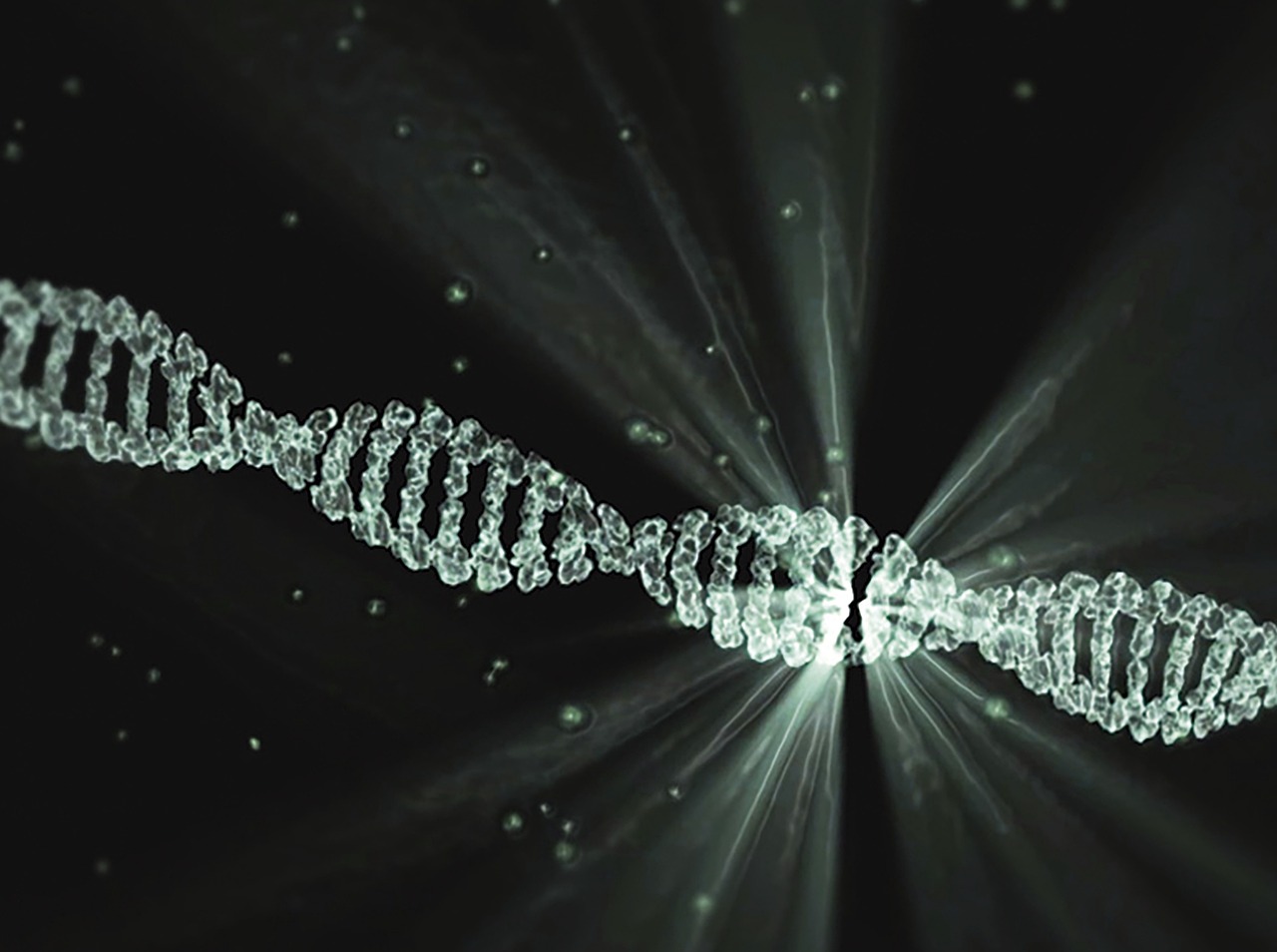
The central premise of Jurassic Park – extracting dinosaur DNA from blood-filled mosquitoes preserved in amber – captures our imagination but falls apart under scientific scrutiny. DNA is an incredibly fragile molecule that degrades rapidly after death, and even under the most ideal preservation conditions, it typically survives for only thousands, not millions of years. The oldest DNA ever successfully extracted comes from a mammoth that lived about one million years ago, which is practically yesterday compared to the 65 million years since dinosaurs went extinct. Amber preservation, while excellent for maintaining physical structures, doesn’t magically protect DNA from the relentless march of chemical breakdown. Scientists have found insects in amber that are millions of years old, but their genetic material has long since vanished into molecular dust. This reality doesn’t stop the concept from being brilliantly entertaining, but it firmly places dinosaur cloning in the realm of science fiction rather than future possibility.
The Oversimplified Extinction Story
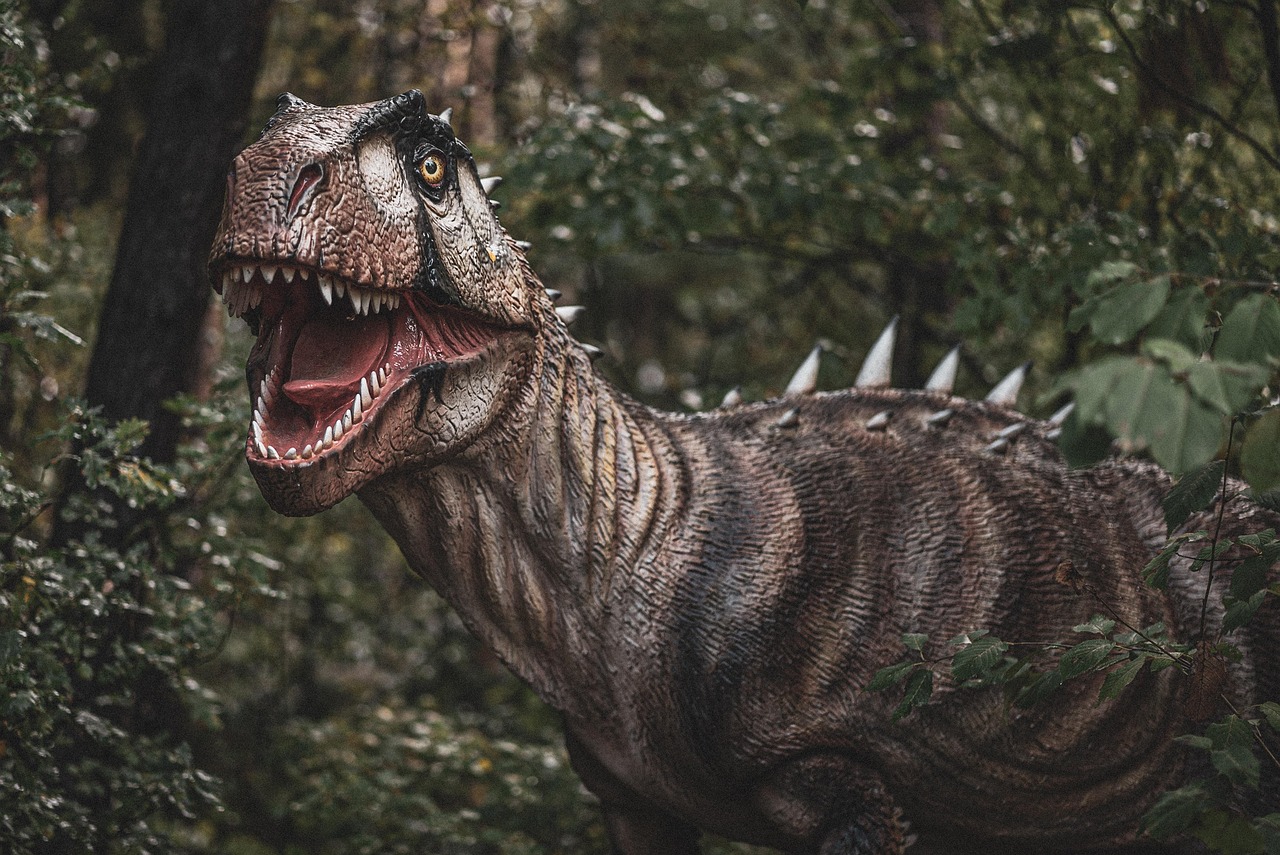
Popular culture has boiled down the extinction of dinosaurs to a single, dramatic asteroid impact 65 million years ago. While this cosmic collision certainly played a major role, the real story is far more complex and drawn out over time. Climate change, volcanic activity, and changing sea levels were already stressing dinosaur populations long before the space rock arrived. The extinction event wasn’t an overnight apocalypse but rather a gradual decline that unfolded over thousands of years. Additionally, not all dinosaurs actually went extinct – birds are direct descendants of theropod dinosaurs, making them living dinosaurs that we see every day. This means that technically, dinosaurs never fully disappeared; they simply evolved into new forms. The oversimplified extinction narrative misses the nuanced reality of how mass extinctions actually work and overlooks the remarkable survival story of avian dinosaurs that continues today.
Behavioral Assumptions vs. Evidence
Movies love to assign human-like intelligence and pack hunting strategies to dinosaurs, but these behaviors are largely speculative and often unsupported by fossil evidence. The famous Velociraptor pack hunting scenes from Jurassic Park, while thrilling, are based more on modern predator behavior than actual paleontological evidence. Fossils can tell us about anatomy, diet, and sometimes cause of death, but they’re remarkably silent about complex social behaviors and intelligence levels. Scientists must rely on comparisons with modern animals and careful interpretation of trace fossils like trackways to make educated guesses about dinosaur behavior. Some evidence does suggest that certain dinosaurs engaged in social behaviors, such as herding or group nesting, but the sophisticated problem-solving and coordinated hunting depicted in films goes far beyond what we can reasonably infer from the fossil record. The reality is that much of dinosaur behavior remains a fascinating mystery that paleontologists are still working to solve.
Time Period Mix-ups
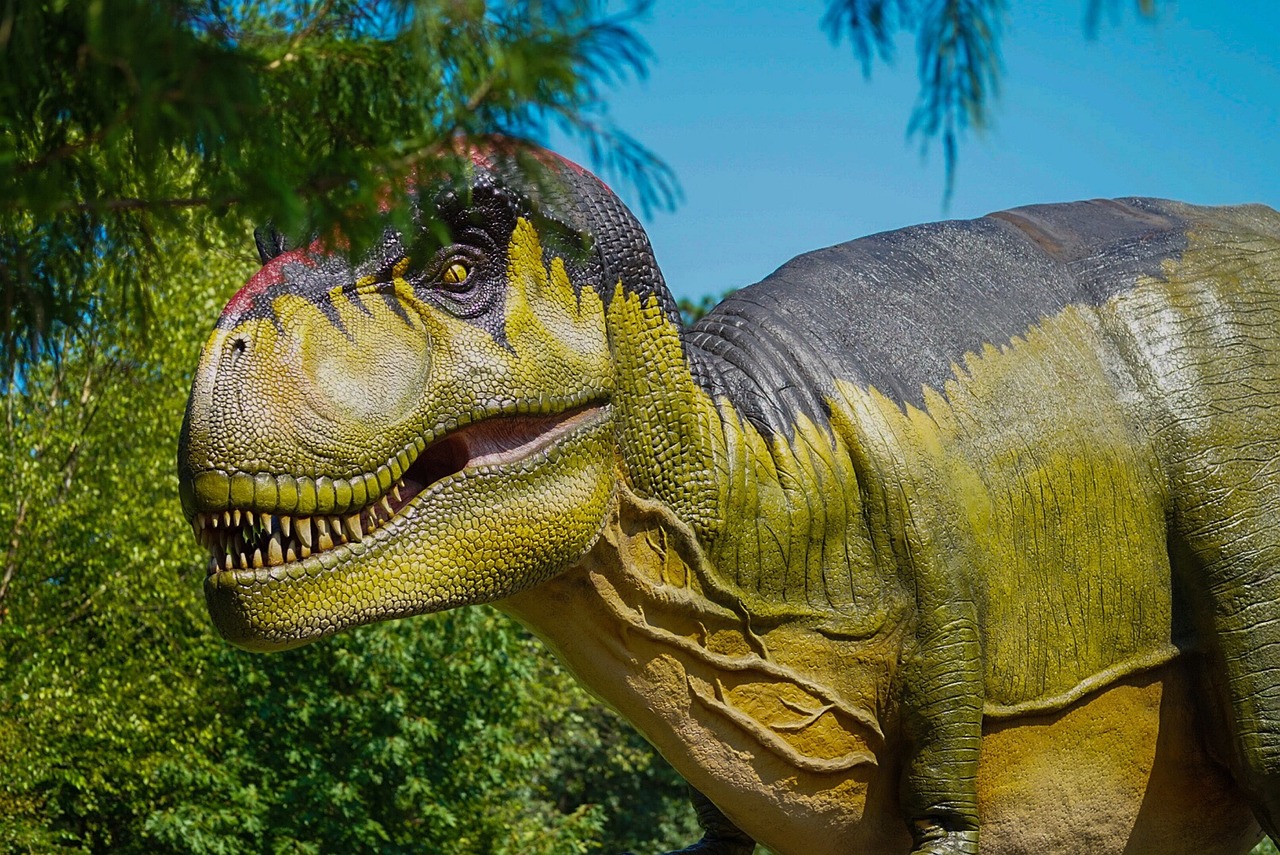
One of the most common errors in dinosaur media is mixing species from vastly different time periods as if they all lived together. The Mesozoic Era spanned over 180 million years, during which dinosaur species evolved, thrived, and went extinct in waves. Stegosaurus and T-Rex, for example, were separated by more time than separates T-Rex from modern humans – about 80 million years. Yet movies routinely show them sharing the same prehistoric landscape, creating a “greatest hits” compilation that never existed in reality. This temporal mixing is like creating a movie where ancient Romans fight alongside medieval knights and modern soldiers – it makes for exciting entertainment but completely ignores the actual timeline of history. The Triassic, Jurassic, and Cretaceous periods each had their own distinct ecosystems and dominant species, and understanding these differences is crucial to appreciating the true diversity and evolution of dinosaur life.
Fossil Hunting Glamour vs. Reality

Hollywood depicts paleontologists as adventurous heroes who stumble upon complete dinosaur skeletons jutting dramatically from cliffsides. The reality of fossil hunting involves far more meticulous work, endless patience, and significantly less dramatic revelation. Most fossil discoveries consist of fragmentary remains – a tooth here, a bone fragment there – that require careful analysis to identify and understand. Paleontologists spend countless hours in laboratories, painstakingly cleaning specimens with dental picks and small brushes, rather than dramatically unearthing complete skeletons with a few swipes of a hand brush. The process of excavating a significant fossil can take weeks or months, with each bone carefully mapped, photographed, and protected before removal. Furthermore, many important discoveries happen in museums and research facilities, where scientists study specimens that were collected years or decades earlier. The unglamorous reality involves more lab coats than safari hats, but the scientific discoveries emerging from this careful work are no less exciting than any movie adventure.
Sound and Communication Mysteries

The iconic roars and vocalizations of movie dinosaurs are pure Hollywood invention, since soft tissues like vocal cords don’t preserve in fossils. Scientists have no direct evidence of what sounds dinosaurs actually made, leaving filmmakers free to create whatever audio landscape serves their dramatic purposes. However, recent research using computer modeling of dinosaur skulls and comparisons with modern animals has provided some intriguing clues about prehistoric communication. Some scientists suggest that large dinosaurs might have produced low-frequency rumbles similar to elephants, which could travel long distances for communication. Others propose that certain dinosaurs might have used visual displays, body language, or even infrasonic calls that were below human hearing range. The reality is that the Mesozoic world might have been far quieter than movie soundtracks suggest, or filled with entirely different types of sounds than we imagine. This acoustic mystery adds another layer of wonder to our attempts to reconstruct prehistoric life.
Color and Appearance Revelations
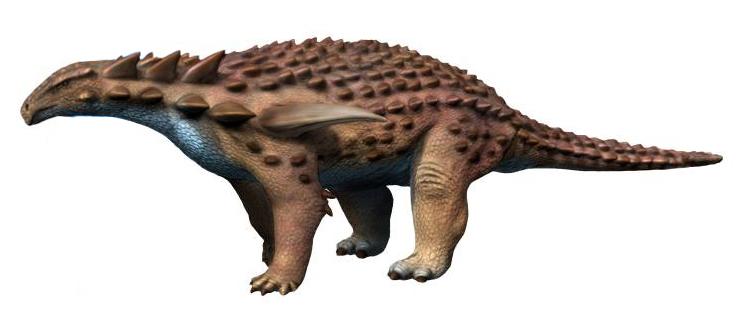
For decades, popular culture depicted dinosaurs in dull greens and browns, like oversized crocodiles or lizards. This conservative color palette reflected scientific uncertainty and the assumption that dinosaurs were simply large reptiles. However, groundbreaking research in the past two decades has revealed that some dinosaurs sported vibrant colors and intricate patterns that would rival modern tropical birds. Scientists have discovered fossilized melanosomes – tiny structures that contained pigments – in dinosaur feathers and can now determine the actual colors of some species. Borealopelta, an armored dinosaur, had a reddish-brown coloration with countershading, while Sinosauropteryx displayed reddish-brown and white striped patterns. These discoveries suggest that the prehistoric world was likely far more colorful than previously imagined, with dinosaurs using bright colors for camouflage, mating displays, and species recognition. Popular media is slowly catching up to these revelations, but many depictions still rely on the outdated “green dinosaur” stereotype.
Intelligence Inflation
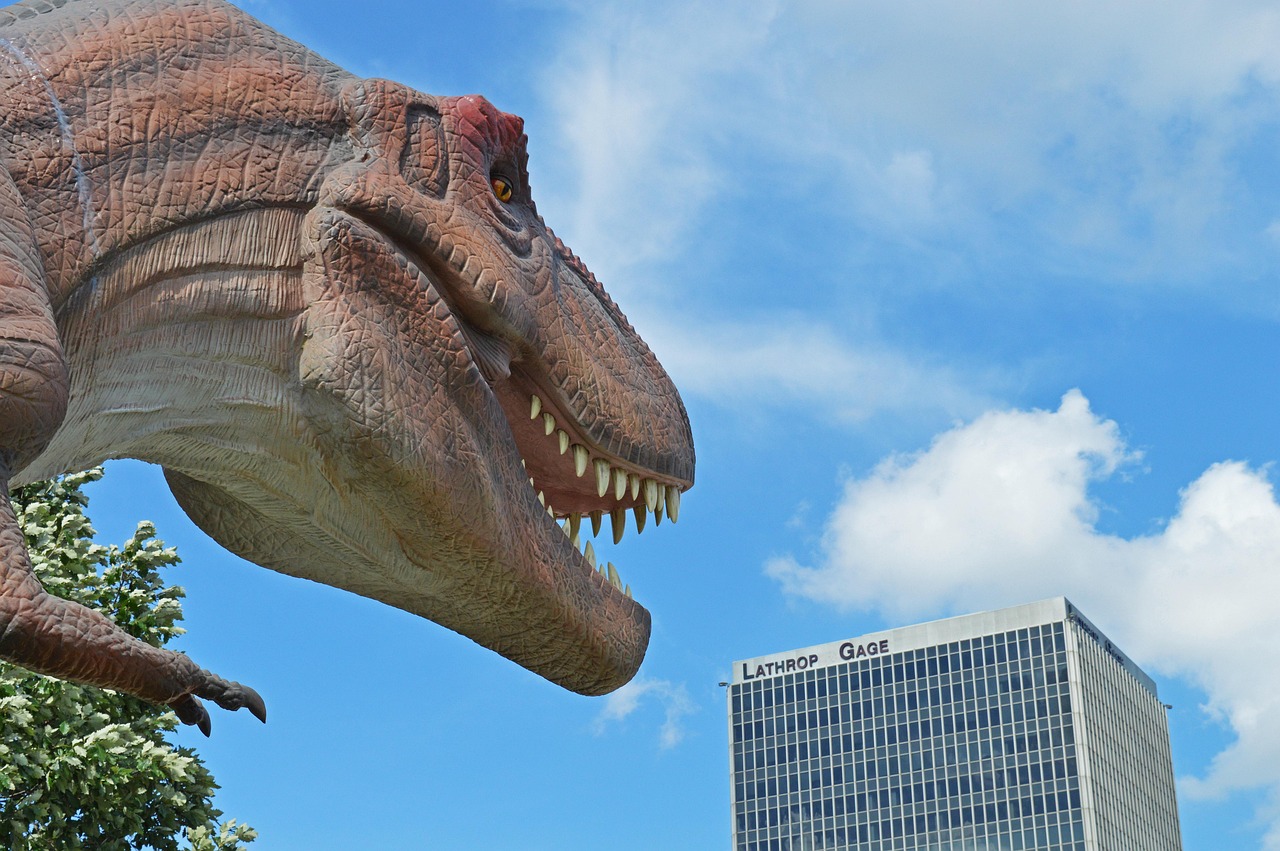
Movies often portray certain dinosaurs, particularly raptors, as having near-human intelligence capable of complex problem-solving and strategic thinking. While some dinosaurs did have relatively large brains for their body size, the intelligence levels depicted in films far exceed what fossil evidence suggests was possible. Brain size can be estimated from skull fossils, and while some dinosaurs like Troodon had proportionally large brains, they still fell well short of mammalian intelligence levels. The sophisticated door-opening, trap-setting behaviors shown in movies require cognitive abilities that likely didn’t exist in dinosaur brains. However, this doesn’t mean dinosaurs were unintelligent – many probably possessed instinctual behaviors, social awareness, and problem-solving abilities similar to modern birds and reptiles. The challenge for paleontologists lies in distinguishing between instinctual responses and genuine intelligence, a difficult task when working with fossil evidence. The reality is probably somewhere between the bumbling monsters of early depictions and the super-intelligent predators of modern films.
Ecosystem Oversimplification
Popular dinosaur media tends to focus exclusively on the largest, most dramatic species while ignoring the complex ecosystems that supported them. The Mesozoic world was filled with smaller dinosaurs, early mammals, prehistoric birds, marine reptiles, and countless other organisms that rarely get screen time. These supporting players were crucial to the functioning of prehistoric ecosystems, serving as prey species, decomposers, and pollinators that kept the ancient world running. Movies create the impression that dinosaurs lived in a world populated only by other giant dinosaurs, when in reality they shared their environment with a rich diversity of life forms. Early mammals, for example, were already present during much of the dinosaur era, though they remained small and largely nocturnal. The plant life was also dramatically different, with flowering plants only appearing in the later Cretaceous period, meaning early dinosaurs lived in a world dominated by ferns, conifers, and cycads rather than the familiar grasses and flowers we know today.
Preservation Bias in the Fossil Record
One aspect that popular culture rarely addresses is the significant bias in fossil preservation that skews our understanding of prehistoric life. Larger, more robust organisms with hard bones or shells are far more likely to fossilize than small, soft-bodied creatures. This means our view of ancient ecosystems is heavily weighted toward the biggest, most dramatic animals rather than the complete picture of prehistoric biodiversity. Many dinosaur species are known from only a few specimens, or even single bones, yet movies present them as if we have complete knowledge of their anatomy and behavior. The fossil record is like a library where most of the books have been lost, and the remaining volumes have many pages missing. Scientists must work like detectives, piecing together incomplete clues to reconstruct ancient life. This preservation bias also means that our understanding of dinosaur diversity is constantly changing as new discoveries fill in gaps in our knowledge, making paleontology an ever-evolving field rather than a static collection of facts.
Modern Technology Meets Ancient Mysteries

While movies often focus on dramatic field discoveries, some of the most exciting advances in paleontology are happening in high-tech laboratories using cutting-edge equipment. CT scanners allow scientists to peer inside fossils without damaging them, revealing hidden internal structures and even fossilized soft tissues. Mass spectrometry can detect trace amounts of original organic compounds, providing insights into dinosaur metabolism and physiology. Computer modeling helps reconstruct how extinct animals moved, what they ate, and how their bodies functioned. These technological advances are revolutionizing our understanding of prehistoric life in ways that would have seemed like science fiction just a few decades ago. Synchrotron radiation, for example, can reveal details of fossilized feathers at the molecular level, while 3D printing allows researchers to create precise replicas for study and display. The intersection of modern technology and ancient fossils is opening new frontiers in paleontological research that are every bit as exciting as any movie adventure, even if they lack the dramatic flair of Hollywood productions.
The boundary between scientific fact and entertaining fiction in paleontology reveals just how powerful storytelling can be in shaping our understanding of the natural world. While movies and popular media have undoubtedly sparked countless people’s interest in dinosaurs and fossils, they’ve also created a complex web of misconceptions that scientists continue to untangle. The real story of prehistoric life is far more nuanced, surprising, and in many ways more fascinating than any Hollywood script could capture. From feathered predators to colorful displays, from complex preservation processes to technological breakthroughs in analysis, the actual science of paleontology offers revelations that rival any fictional narrative. Perhaps the most important lesson is that our understanding of prehistoric life continues to evolve as new discoveries challenge old assumptions and advanced technologies reveal secrets hidden in stone for millions of years. What aspect of dinosaur reality surprised you the most?

